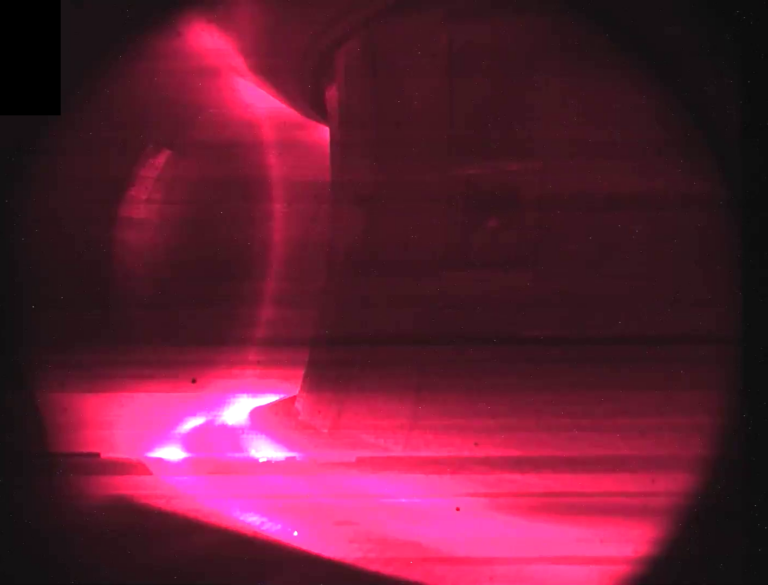In the past weeks, two superconducting magnet tokamaks, WEST in France and EAST in China, have set new plasma duration records. A great forecast for ITER and fusion energy research!
On February 12, 2025, scientists from CEA-IRFM sustained a hydrogen plasma in the WEST (W Environment in Steady-state Tokamak) machine for 1337 seconds, approximately 22 minutes. More info: WEST sets a new plasma duration record
With this, WEST has surpassed the record set a few weeks ago in the Chinese tokamak EAST (Experimental Advanced Superconducting Tokamak) in Hefei, which became the first to break the 1000-second mark (1066 seconds). More info: Focus | Chinese “artificial sun” sets new record in milestone step toward fusion power generation-Xinhua
The experiments on the WEST machine at CEA in Cadarache are performed in collaboration with EUROfusion and other international laboratories committed to development of fusion energy and supporting the future operation of ITER. The Slovenian Fusion Association (SFA) is part of the EUROfusion consortium.
Reaching such long pulses is a key milestone for machines like ITER, which will need to sustain fusion plasmas for several minutes. The ultimate goal is to control the plasma, which is inherently unstable, while ensuring that all plasma-facing components and materials are able to withstand its radiation without malfunctioning or polluting it. Mastering this unstable plasma over long durations is a true technological challenge and an essential prerequisite for controlling a self-sustained plasma driven by fusion reactions, as will be the case in ITER, and ultimately in fusion power plants on an industrial scale.
These achievements at EAST and WEST complement the extensive work being carried out by tokamak teams around the world, addressing key physics and technology issues for ITER and testing advanced scenarios for the nuclear fusion reactors of the future.

